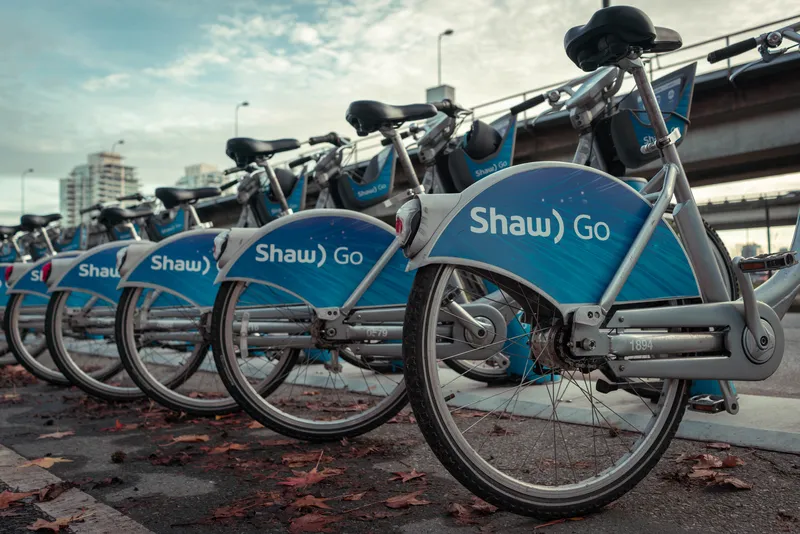It is widely agreed that Mobility as a Service (
Implementation of MaaS options is likely to be quicker in Europe than in the US for a number of reasons (Tipping Points, ITS International, November-December 2018) – but that has not stopped Greenlines Technology dipping a very big toe into the market.
Its MaaS app – Cowlines - is being rolled out across 62 North American cities following successful trials in Vancouver, Canada. It is a big deal, Greenlines says, because it is the first multimodal trip-planning app deployed across the continent capable of reducing carbon emissions and measuring modal shift.
The company is playing up the environmental aspects of MaaS, saying the app allows people to select the greenest, fastest and cheapest route by combining all modes of transportation.
Riders can calculate the total cost of the trip, the length of the journey and its carbon footprint: Cowlines aggregates all transport options and measures the greenhouse gas (GHG) emissions based on the route. This is done “using a leading proprietary methodology based on international standards and best practices”, Greenlines says.
Jonathan Whitworth, Greenlines co-owner and chief strategy officer, says: “Today’s urban mobility landscape is extremely complex with a gamut of mobility options that did not exist a decade ago. Traffic congestion is the leading source of GHG emissions in cities, and integrated mobility is the future of clean and efficient transportation.”
The International Energy Agency says that 23% of energy-related GHG emissions come from transportation, while the United Nations’ Department of Economic and Social Affairs predicts that, by 2030, 68% of the world’s population will live in urban centres. Put together, these figures illustrate the potential benefits of successful MaaS solutions.
Cowlines includes public transit, ride-share, bike-share, car-share and taxis and Greenlines suggests that, if 1% of the population in each city uses the app “to regularly commute to work”, then 1.5 million tonnes of CO2 could be saved each year - the equivalent, it calculates, of taking 320,000 cars off the road.
It will be available to users in metropolitan regions such as Seattle, Portland, Los Angeles, San Francisco, San Jose, Oakland, San Diego, Toronto and New York.
Whitworth claims it is the “first app that intuitively combines any form of transport across cities in the US and Canada to help residents and visitors navigate the urban landscape without relying on private cars, while reducing carbon emissions for each trip”.
This is very much in tune with the political mood music across North America – at least outside of the White House. As Greg Moore, former chair of Metro Vancouver, points out: “Municipal governments are aligning their policies towards the common goal of increasing the liveability of city life and fighting climate change.”
Western Europe may still have the edge on MaaS – indeed it could well account for 83% of global MaaS trips in future, as Juniper Research suggests. Insufficient government involvement, cities that were built for the automobile and a fragmented state and federal system are some of the factors which might block MaaS acceptance in North America.
But apps such as Cowlines suggest that there is, at the very least, an appetite to see what scaling up MaaS options could look like in the US and Canada. Whether people can be tempted away in sufficient numbers from their car is another question.
Cowlines app aims to bring MaaS to North America
Europe is seen as leading the charge as providers battle to gain traction for their Mobility as a Service apps. But that could be about to change with the roll-out of Cowlines in North America
It is widely agreed that Mobility as a Service (MaaS) platforms have the potential to replace a lot of urban private car journeys – more than 2.3 billion of them by 2023 in fact, according to Juniper Research.
Implementation of MaaS options is likely to be quicker in Europe than in the US for a number of reasons (
May 8, 2019
Read time: 4 mins
Europe is seen as leading the charge as providers battle to gain traction for their Mobility as a Service apps. But that could be about to change with the roll-out of Cowlines in North America








